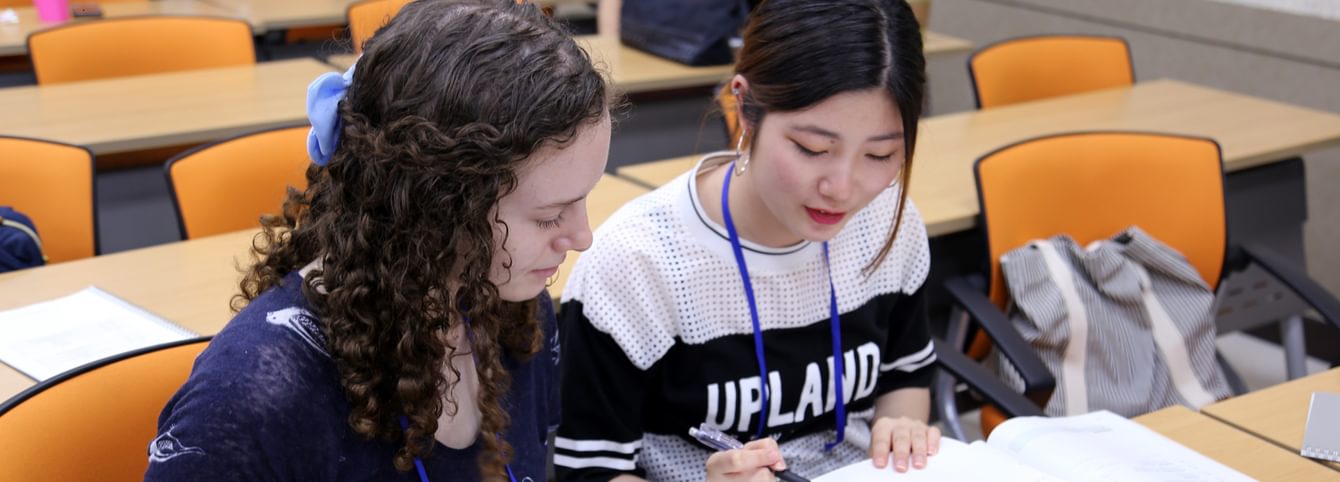Language Learning Outcomes
All CLS participants take the American Councils on the Teaching of Foreign Language’s (ACTFL) Oral Proficiency Interview (OPI) prior to participating in their summer programs and again at the end of their programs. The ACTFL scale is widely recognized in professional and academic communities and matches closely with the Interagency Language Roundtable scale, which is accepted as a measure of language proficiency by government agencies. By comparing student performance on the test, we measure the gains that CLS scholars make in their real-world applied language skills. Alumni of the program receive certification of their language skills that can be shared with educational institutions and potential employers. The CLS Program began administering the ACTFL OPI to all CLS participants in 2010.
All ACTFL Oral Proficiency Tests
The proficiency of CLS Program participants before the start of the summer program and at the end of the program, as measured on the ACTFL Oral Proficiency Interview test, reported in aggregate.
From 2010 to 2016, the CLS Program recorded test scores for 3982 students across fourteen different languages.
On average, students on the CLS Program recorded a 1.74 sublevel gain over the course of eight weeks, when data from students with different initial language levels and studying different category languages are combined.
About the ACTFL Language Proficiency Scale
The ACTFL language proficiency scale divides language skills in each of four language modalities (speaking, listening, writing and reading) into five threshold levels of proficiency: Distinguished, Superior, Advanced, Intermediate and Novice. The Advanced, Intermediate, and Novice levels are further subdivided into High, Mid, and Low sublevels. A language speaker’s practical proficiency can be located on the ACTFL Proficiency Scale as falling within a particular threshold (Intermediate, for example) or a specific sublevel (Intermediate Mid).
The ACTFL proficiency scale is non-linear, meaning that the distance between each level and sublevel varies. It is easier, and takes relatively less time, for a student at the Novice threshold to make progress towards Intermediate, than for a student at the Intermediate threshold to become Advanced. The proficiency scale can be visualized as an upside-down pyramid, where the “volume of knowledge” grows with each sub-level gained. As a concrete example, consider how a Beginning level student can make significant progress by learning to ask and answer basic questions, while an Advanced level student should be able to flexibly address a wide range of topics and perform a different complex linguistic functions such as posing hypotheticals.
Language Testing Results by Level
When the data are disaggregated by initial level, students testing at the Novice threshold initial made an average 2.75 sublevel gain, while students at the Advanced level only made a 0.6 sublevel gain, as expected:


